All About Hydrangeas
It’s hydrangea season! If “old-fashioned” varieties were damaged by late spring freezes, they are incapable of flowering again this year. This is the very reason that plant breeders have introduced series such as ‘Endless Summer’ – they aren’t fazed much by the loss of flower buds during the winter or early spring; instead, they can grow replacement flowers (which they’ll do even if the old ones weren’t damaged) so you don’t lose out on a season of color. Hydrangeas that can do this are termed “re-blooming” and ‘Endless Summer’ is just one of many series of cultivars that offer this feature. I’m perfectly fine with lots of flowering shrubs that have a short bloom window because I think it makes you appreciate the flowers all the more when they are out, but I have to admit that there’s definitely value in the long-blooming shrubs that help tide you over during the muggy days of summer. I happen to be a sucker for blue and purple flowers, so the fact that you can get those nice colors from a shrub that will bloom for weeks is a big bonus. (Think of all the nice perennial combinations you can use as they go in and out of bloom while the hydrangea keeps going!)
Most people who are familiar with Bigleaf hydrangeas already know that you can often change their colors from pink to purple or blue. All it takes is an acidity adjustment: adding lime to make soil less acidic pushes them to pink; adding sulfur to make soil more acidic pushes them to blue. Be careful, though, and test your soil first because you don’t want to over-treat them and cause shock or malnutrition. Since white flowers don’t have those pigments, they won’t change color. Bear in mind that soil changes need to be gradual and may not take effect until next year’s flowers are produced. The other thing to keep in mind is that acidity changes the hue but not the depth of the color; therefore, a pastel pink cannot turn into a dark blue – it will turn into a pastel blue. If you want a dark color of any hue, pick a dark-flowered variety and then play with the soil acidity.
In the middle of Bigleaf season the Oakleaf types start blooming. Their flowers only come in an ivory-white color, though a few take on ruby hues as they age. What I like most about Oakleaf hydrangeas is their fall foliage – a range of caramel-orange, maroon-red and burgundy are typical hues and they never disappoint. Older plants have peeling bark, too, so that adds interest in the winter.
Last to flower are the Panicle (or “peegee” ) types, also white-flowered though several start out flushed with a pastel lime green and others fade to varying degrees of pink. As with the Bigleaf hydrangeas, there are a plethora of varieties on the market today (a few are just renames of older varieties), mostly differing in mature size and what color the flowers turn as they fade. The taller types of Panicle hydrangeas can be grown as a small tree, and we stock some that are already started in this shape with a single trunk. Since they love full sun, try underplanting them with a nice blue-flowered Hardy Plumbago, silvery-leaved Lamb’s-Ear, or a massing of dwarf seedless Butterfly Bush.
by Miri Talabac, Woody Plant Buyer

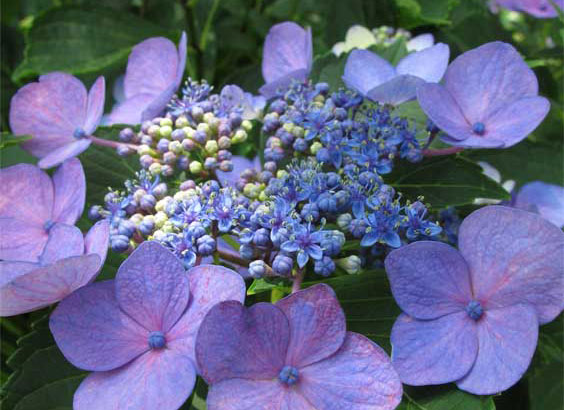
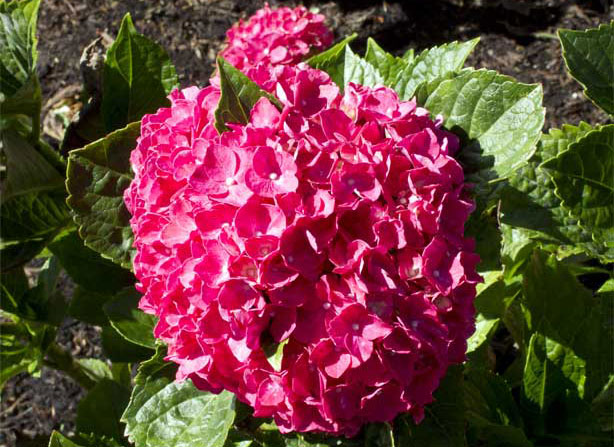
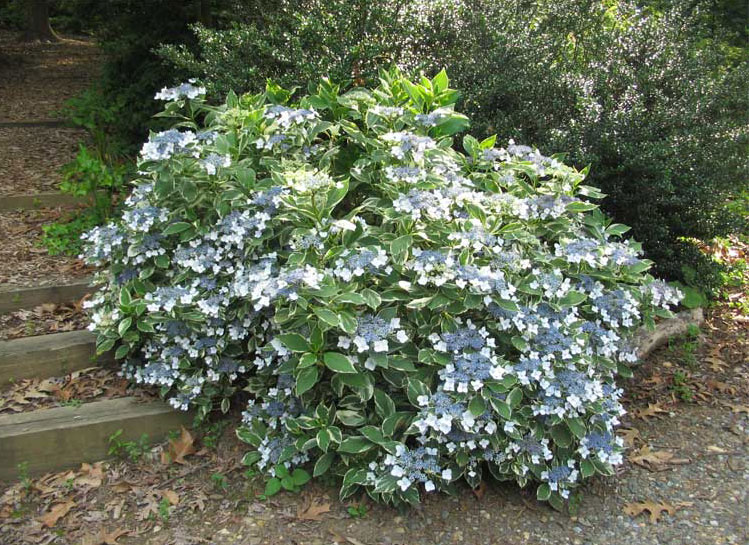
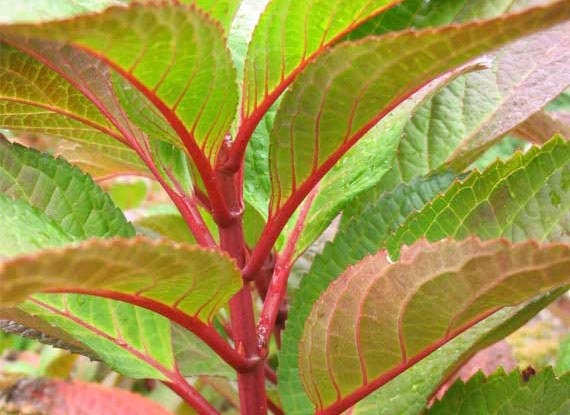
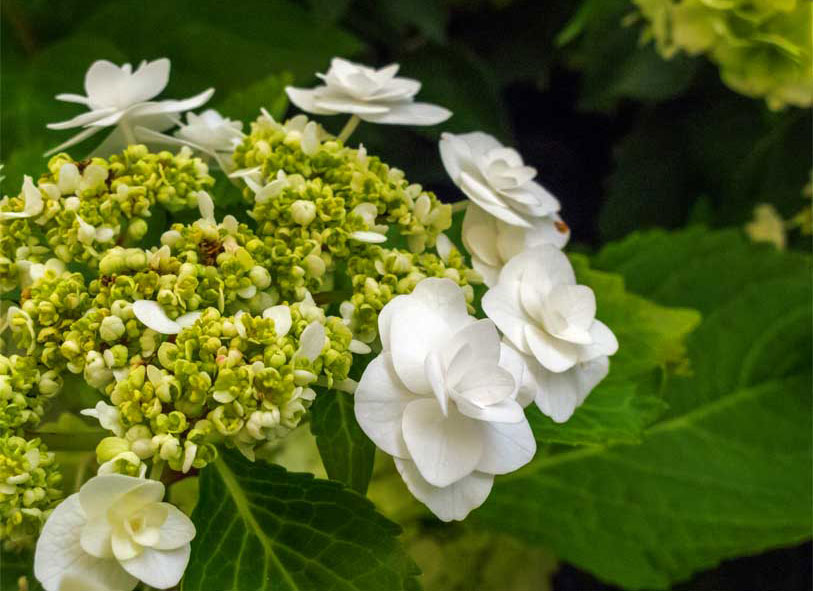
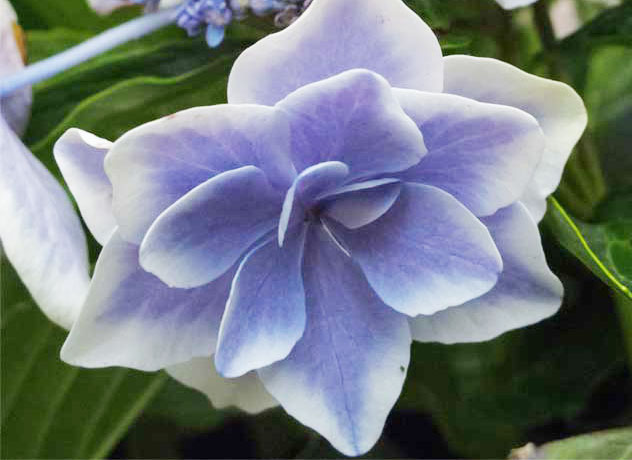



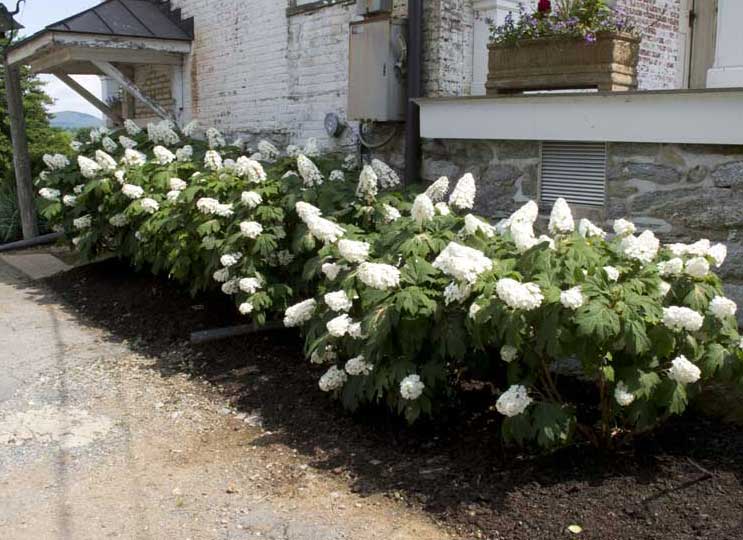
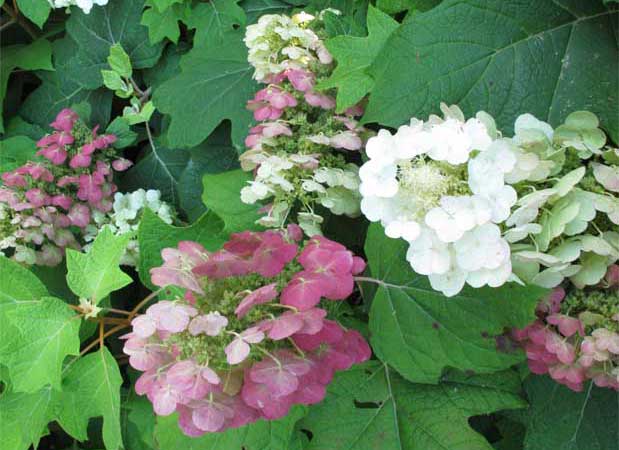


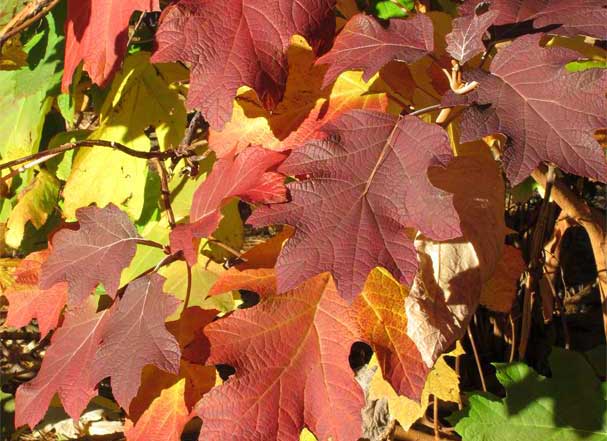
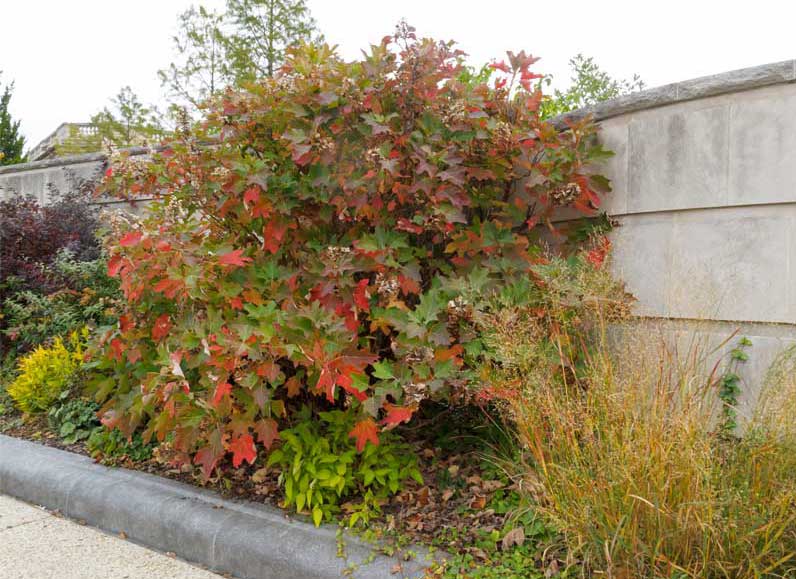
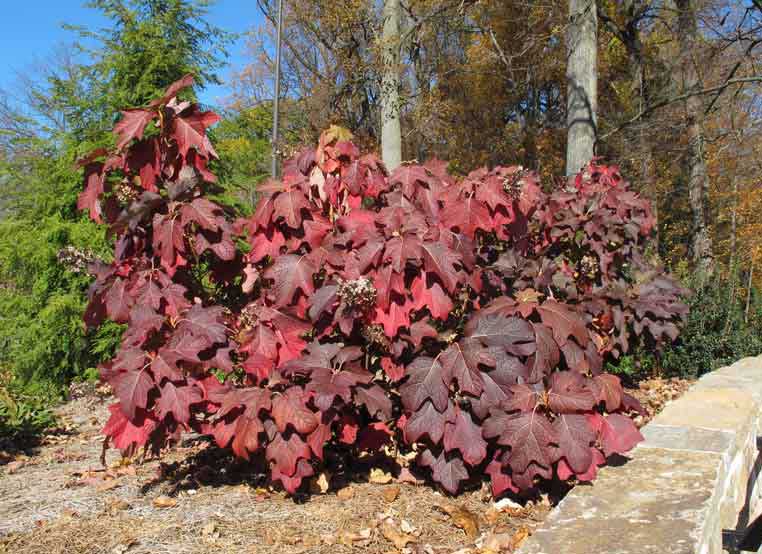
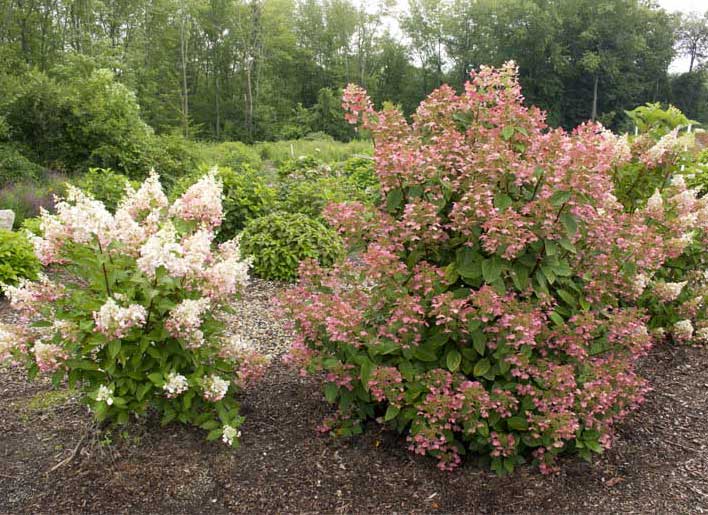
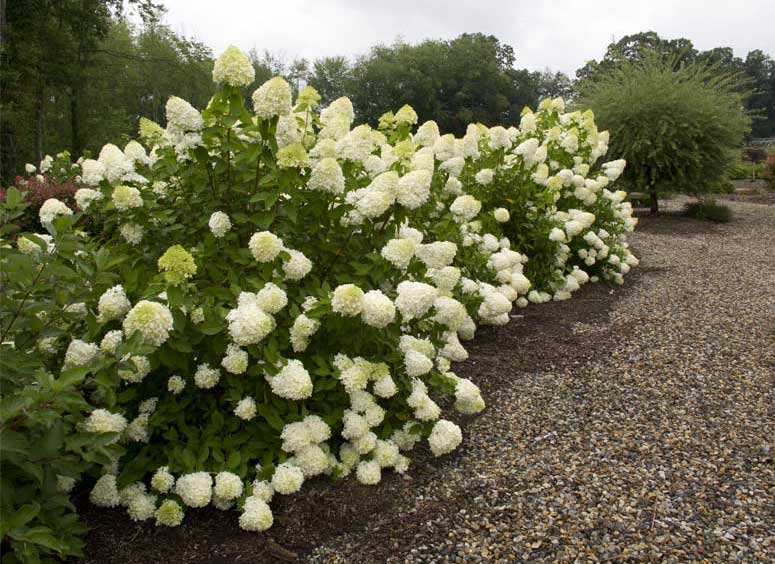

Much to my regret, I recently found out that hydrangeas will not grow/flower near black walnut trees. given that there are so many black walnut trees in our area, this is an important caveat.